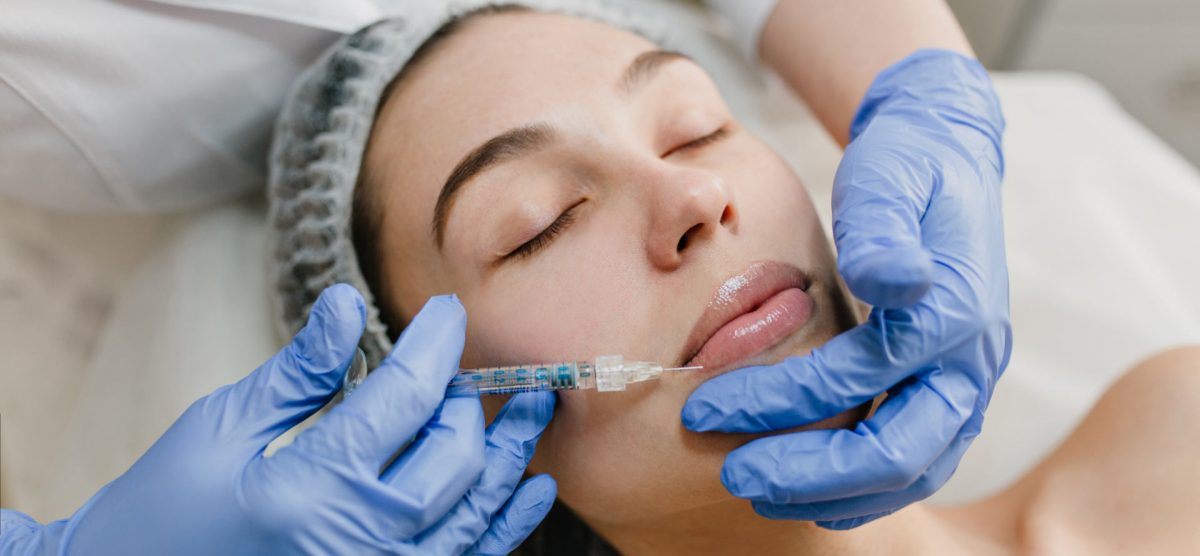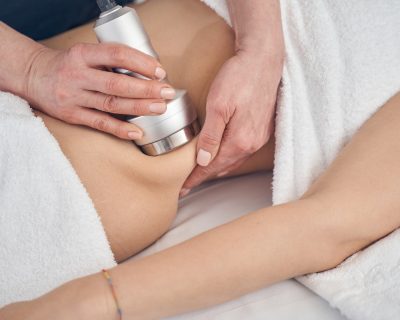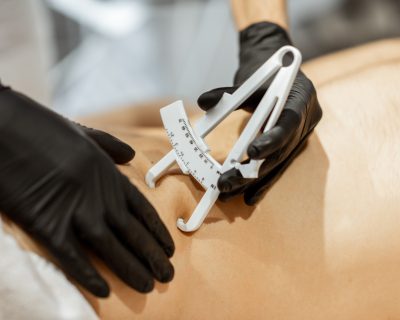Blog

What’s the difference between BOTOX® and Dermal Fillers?
Botox and dermal fillers are two of the most popular cosmetic treatments in the world of aesthetic treatments. Both treatments are administered through injections and are primarily used to reduce the signs of aging.
If you are looking into cosmetic treatments that can help turn back the hands of time, you may be looking for more information on both Botox and Dermal Fillers.
Below we highlight both Botox and dermal fillers and how each differs from one another.
What Is Botox?
Botox is a form of botulinum toxin made from bacteria known as clostridium botulinum, that is injected into a targeted area in tiny amounts to treat and prevent wrinkles. This cosmetic treatment has been used safely for decades to address facial lines and wrinkles. It’s only effective when administered in tiny doses, in fact Botox can be deadly in larger amounts.
How Does Botox Work?
When Botox is injected into a targeted area, it temporarily blocks nerve signals to the muscles to prevent them from contracting. This treatment mostly targets nerve signals that cause muscles to contract. In other words, Botox limits the movement of the targeted muscles, thereby softening, reducing, and even removing facial lines and wrinkles.
What Does Botox Treat?
Botox is administered to soften, reduce or even remove wrinkles or lines caused by muscle movement. This cosmetic treatment works really well on frown lines, crow’s feet around the eyes, furrow marks between the brows, and other expression lines caused by repeated facial movements.
Botox does not work on wrinkles and fine lines caused by loss of collagen.
How Long Does Botox Last?
Botox lasts for about three to six months, though this may vary depending on several factors.
What Are Dermal Fillers?
Dermal fillers, also known as soft tissue fillers or facial fillers, are injected beneath the skin surface to increase volume and fullness. These fillers are used to plump up lips, achieve a smoother and fuller appearance in the face, reduce forehead lines, reduce smile lines, plump up cheeks, and reduce the appearance of scars.
Some of the elements used in dermal fillers include hyaluronic acid, calcium hydroxylapatite, polylactic acid, polyalkylimide to name a few. However, hyaluronic acid is the most commonly used element in dermal fillers.
How Do Dermal Fillers Work?
Dermal fillers are injected into the targeted area, and the substance contained in the dermal fillers plumps up the targeted area that has lost volume and smoothness.
How Long Do Dermal Fillers Last?
Typically, dermal fillers last between six months and two years. Though the results may depend on the type of filler used.
What Are the Side Effects of Dermal Fillers?
Some of the side effects of dermal fillers can include skin rash, itching, redness, lumps and swelling. Despite these potential side effects, dermal fillers are considered to be safe.
Both Botox and Dermal Fillers are used to help fight the signs of aging, the both take on this task in very different ways. If you are looking to reverse the signs of aging in a specific targeted area, consult with your aesthetics physician to put together a cosmetic treatment plan that works best for you. In many cases, physicians may suggest treatments that include both Botox and dermal fillers.






